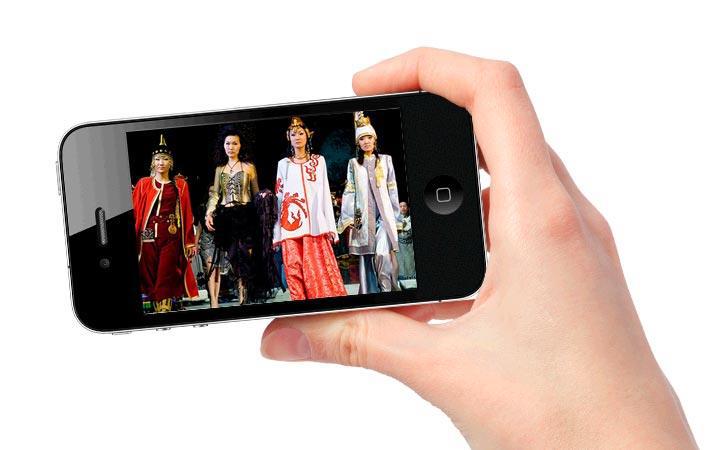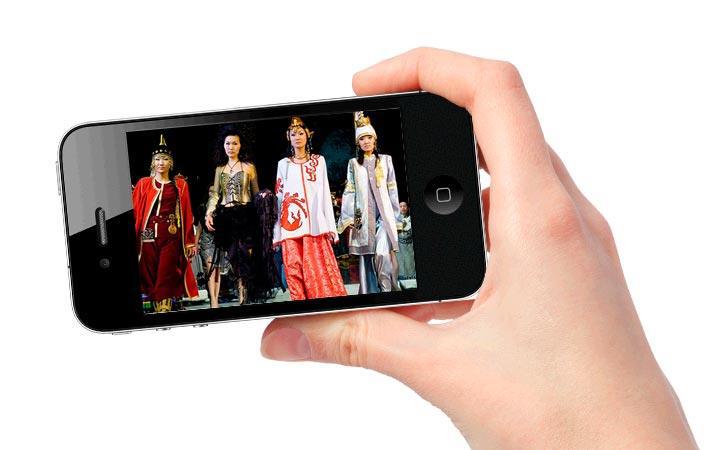
Pic: Gartner
Nearly 100 million consumers will shop in augmented reality (AR) online and in-store by 2020, according to a 2018 Gartner survey. AR and virtual reality (VR) will rely on 5G to change the customer experience inside and outside retail stores by individualising retailers’ offers and enabling customers to visualise products in different settings.
The Gartner’s Unified Retail Retailer survey of 2018 indicated that, by 2020, 46 per cent of retailers planned to deploy either AR or VR solutions to meet customer service experience requirements. Additionally, the technologies behind these solutions have moved 15 to 30 per cent further along the Gartner Hype Cycle over the past 12 months.
With VR’s immersive interfaces, retailers can create task efficiencies or reduce the costs associated with designing new products. They can also enhance the understanding of information through advanced graphical visualisation and simulation technologies. Pilots and implementation examples include Alibaba’s full VR shopping experience, virtual reality tours by Tesco, Adidas’ VR video to promote its outdoor clothing collection, and Ebay Australia’s partnerships with Myer to create personalised stores.
“Retailers are under increasing pressure to explain the purpose of physical stores, and take control of the fulfillment and return process for cross-channel execution,” said Hanna Karki, principal research analyst at Gartner. “At the same time, consumers are progressively defining the value provided by the experiences they receive from retailers. As a result of these pressures, retailers are turning to AR and VR to offer customers a unified retail experience inside and outside retail stores.
“The impact of AR or VR in retail can be transformative. Retailers can use AR as an extension of the brand experience to engage customers in immersive environments and drive revenue. For example, Ikea’s Place app enables customers to virtually ‘place’ Ikea products in their space. Additionally, AR can be used outside the store after a sale to increase customer satisfaction and improve loyalty.”
5G mobile network technology represents an opportunity to accelerate the adoption of AR and VR in stores. Gartner’s recent 5G enterprise survey indicated that AR/VR applications of 5G attract the highest expectations for becoming drivers of new revenue, across all use cases and respondents. 5G capabilities can support multiple uses cases, such as real-time rendering for immersive video, shorter download and set-up times, and extension of brands and shopping experiences beyond stores.
“Gartner expects that the implementation of 5G and AR/VR in stores will transform not only customer engagement but also the entire product management cycle of brands,” said Sylvain Fabre, senior research director at Gartner. “5G can optimise warehouse resources, enhance store traffic analytics and enable beacons that communicate with shoppers’ smartphones.”
Gartner, Inc, is the world’s leading research and advisory company and a member of the S&P 500. Gartner equips business leaders with indispensable insights, advice and tools to achieve their mission-critical priorities today and build the successful organisations of tomorrow. (PC)
Fibre2Fashion News Desk – India

